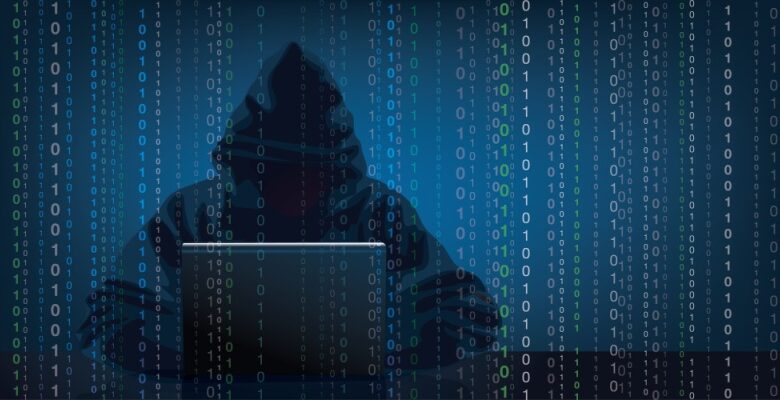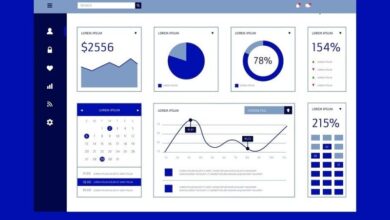Combatting LotL Attacks With Proactive Cyber Resilience

Explore the evolving cyber battlefield with Andrew Hollister, CISO & VP labs R&D at LogRhythm, as he unveils essential tactics to combat stealth cyber threats like LotL attacks.
Amidst the escalating cybersecurity threats posed by Chinese state-sponsored hackers targeting vital U.S. infrastructure, the urgency for organizations to continually improve their cybersecurity defenses is unmistakably critical. The emergence of Living off the Land (LotL) attacks, a method where adversaries exploit existing tools and features within a target’s environment, exemplifies the sophisticated nature of the threats that organizations now face. This method’s stealth and efficiency underscore a shifting battleground in cybersecurity, where the tools meant to facilitate daily operations can be turned against an organization, making it imperative for these entities to bolster their defenses against such insidious tactics.
Unveiling the Complexity of Stealth Cyber Threats
The challenge is further complicated by the hackers’ ability to infiltrate U.S. infrastructure with remarkable stealth, exploiting vulnerabilities and utilizing the organization’s own tools against it. This level of sophistication not only highlights the potential for significant disruptions and damage but also brings to light the considerable obstacles in detecting and mitigating such threats. The use of LotL techniques enables the prolonged presence of these adversaries within target environments, and this combined with their skillful exploitation of tools and vulnerabilities, magnifies the complexity of defending against these cyber threats. As a result, organizations are forced into a continuous cycle of adapting and enhancing their cybersecurity strategies to protect their critical assets and infrastructure effectively.
This escalating situation has profound implications for cybersecurity practices. The adept use of stealth tactics by hackers, particularly through LotL attacks, presents significant challenges in detecting and responding to malicious activities within network environments. Traditional security measures often struggle to identify such techniques, which are fundamentally designed to evade detection. Furthermore, the immense volume and diversity of data generated in complex networks can overwhelm security teams, complicating efforts to sift through information and pinpoint suspicious activities. Additionally, network fragmentation and the potential for insider threats or credential abuse introduce further complexities, creating blind spots that make it difficult to differentiate between legitimate and unauthorized activities.
See More: LotL Attacks Can Now Live off the Cloud: Three Strategies to Reduce LOC Risk
Strategizing for a Proactive Cybersecurity Defense
In response to these challenges, organizations should review their Threat Detection and Incident Response (TDIR) strategy. The prevalence of LotL attacks necessitates maturing already existing defense strategies and leveraging automation, machine learning, and behavioral analytics, to enhance their TDIR capabilities. By adopting such forward-thinking strategies, organizations can anticipate and adapt to emerging threats, as well as gain the upper hand against adversaries, improving their ability to detect and neutralize threats in real-time.
Key to protecting against LotL attacks are six foundational actions that serve to fortify defenses, improve detection capabilities, and streamline incident response mechanisms. Each of these 6 actions play a crucial role in building a robust cybersecurity framework capable of withstanding bad actors:
- Prioritize Visibility: Organizations must prioritize the implementation and ongoing improvement of a comprehensive TDIR process. This strategy ensures comprehensive visibility across the entire digital landscape of an organization, encompassing network traffic, endpoint behavior, and user activity. By actively monitoring these facets, security teams can detect anomalies that deviate from normal operations, which are often indicative of LotL attacks. Enhanced visibility aids in the early detection of such threats and enables a more nuanced understanding of the organization’s security posture, facilitating the identification of attacks early in the kill chain, and enabling timely response.
- Enable Comprehensive Logging: The intricacy of LotL attacks also necessitates the establishment of granular logging mechanisms. These mechanisms are designed to meticulously track the usage of LotL tools, including those embedded within operating systems like PowerShell scripting. By enabling extended logging features, organizations can gather detailed insights into the execution patterns and command sequences of these tools, offering a clearer picture of potentially malicious activities. This level of logging provides a rich dataset from which security teams can identify unusual patterns, supporting the swift identification and mitigation of threats posed by sophisticated attackers.
- Leverage Advanced Tools: Deploying advanced endpoint monitoring tools is also an essential step. These tools offer deep visibility into the granular activities occurring on endpoints, extending beyond simple log analysis to include behavioral analytics and anomaly detection. Such tools are instrumental in identifying and responding to suspicious behavior that could signal ongoing LotL activity. Leveraging the capabilities of advanced endpoint monitoring empowers security teams to stay ahead of attackers, safeguarding the organization’s assets against threats.
- Leverage User & Entity Behavioral Analytics: These tools can analyze and create a baseline of typical user and entity activities over a time period, providing a basis for surfacing deviations from normal behavior. This provides a valuable additional dimension of visibility enabling deviations in behavior to be correlated with other indicators of compromise.
- Continual Review of Detections: Cybersecurity is not a point in time project, but rather an ongoing journey of reducing risk. Fine tuning of detection capabilities based on environment and risk appetite is an important element of protecting against ever evolving threats and increasingly stealthy tactics.
- Adopt Zero Trust Architecture: Moving towards a Zero Trust security model can be a game-changer in combating LotL and other sophisticated cyberattacks. In a zero-trust architecture, no entity, whether inside or outside the network, is automatically trusted. Instead, every access request is thoroughly verified before granting access. This approach minimizes the attack surface by enforcing strict access controls and segmenting networks, thereby limiting the movement of an attacker within the system.
Adapting to the Digital Battlefield
The imperative need for a proactive cybersecurity stance is critical, as it involves safeguarding critical infrastructure and protecting sensitive data from the clutches of state-sponsored and other sophisticated cyber adversaries. Organizations must strive to stay one step ahead by integrating advanced detection tools and strategies, such as prioritizing visibility, enhancing logging practices, and embracing a zero-trust architecture. These measures enable improved detection and response to stealth attacks, ensuring the resilience and protection of vital assets against the cunning maneuvers of global cyber threat actors. Ultimately, the key to resilience in the digital battlefield lies in the ability to anticipate, act decisively, and continually adapt, leveraging every technological and strategic advantage to ensure the security and integrity of our digital world.
How can organizations prioritize proactive visibility in their cybersecurity strategy? Let us know on Facebook, X, and LinkedIn. We’d love to hear from you!
Image Source: Shutterstock



